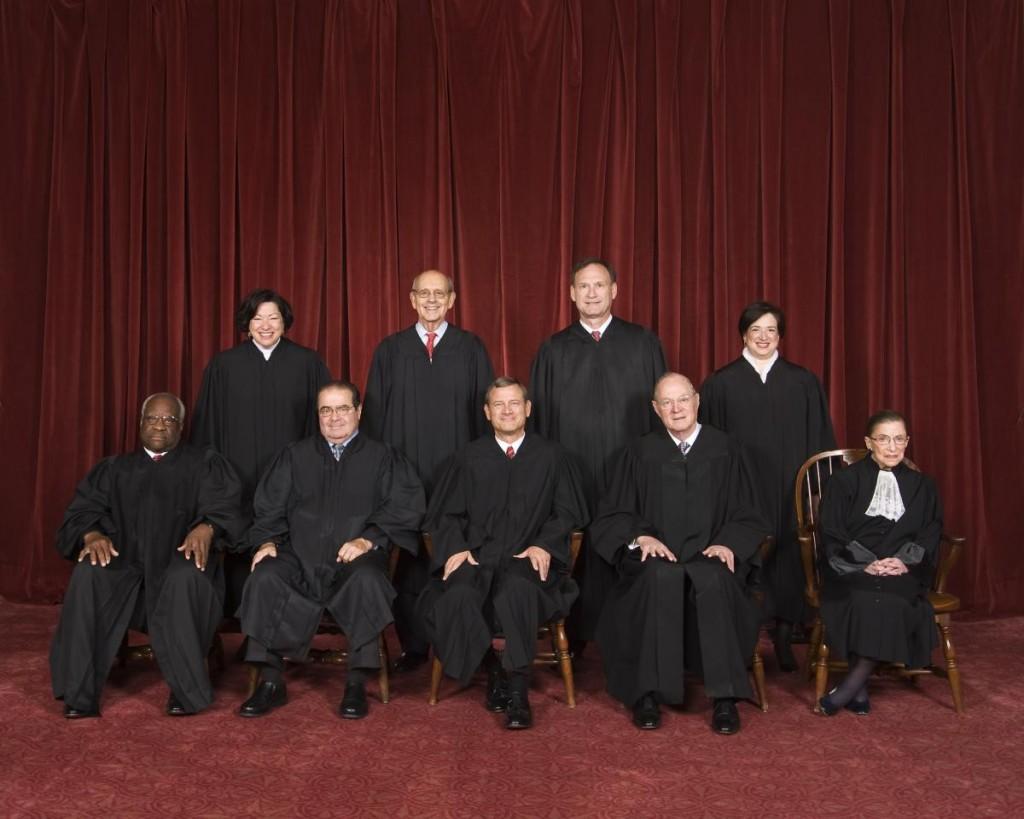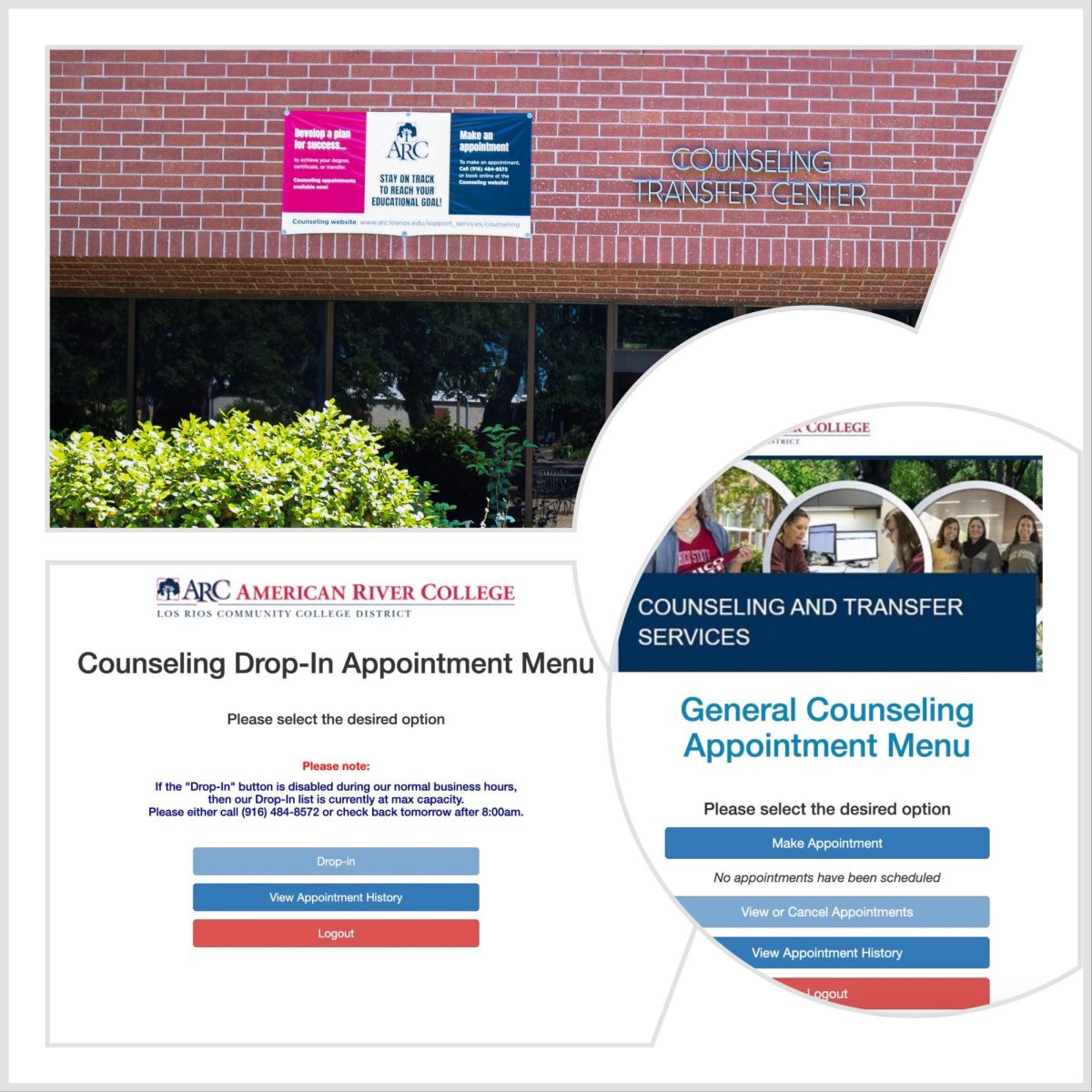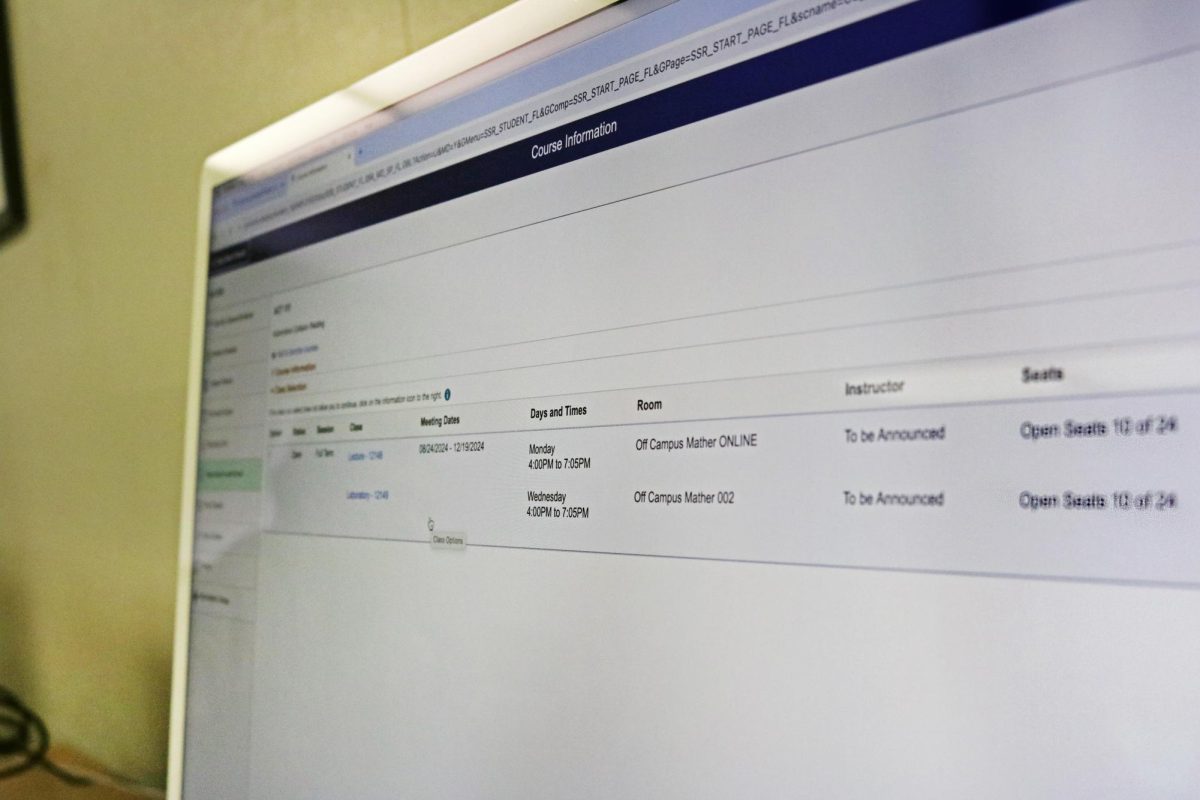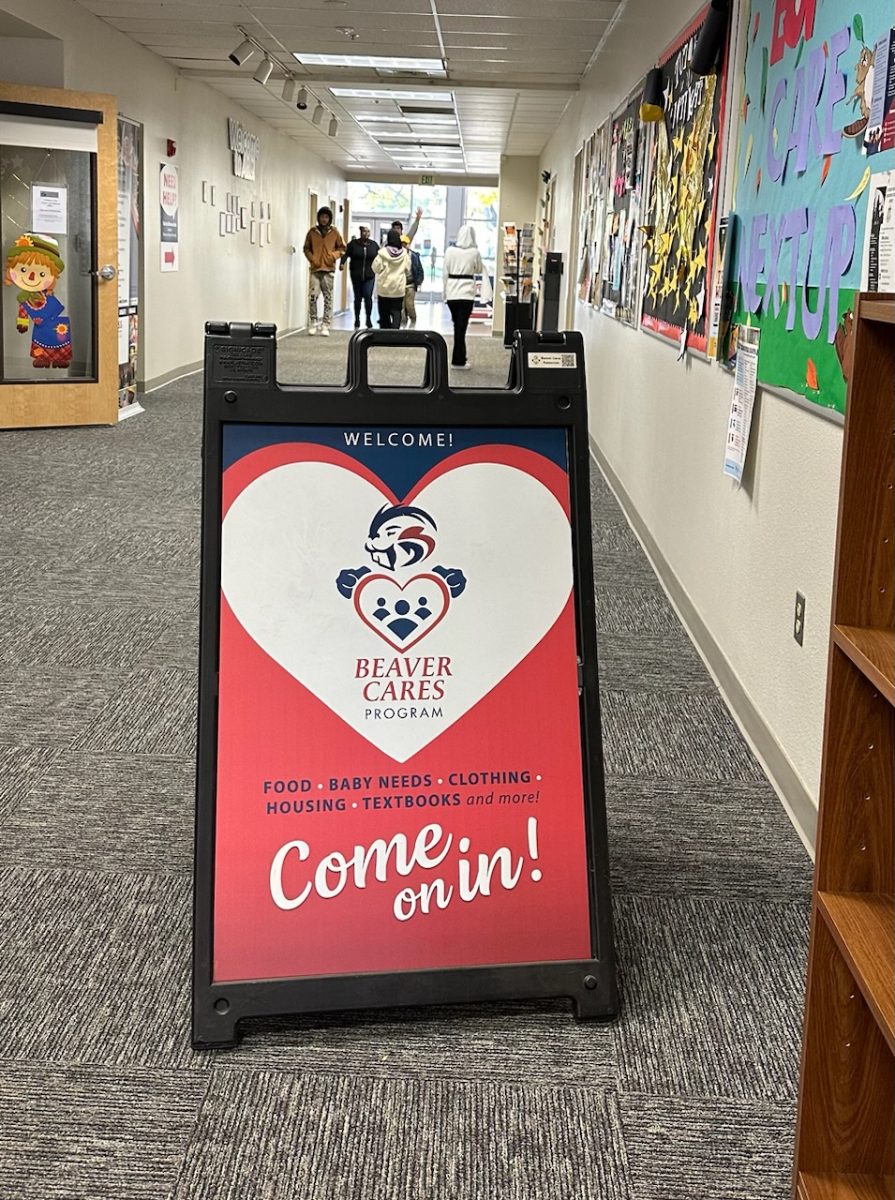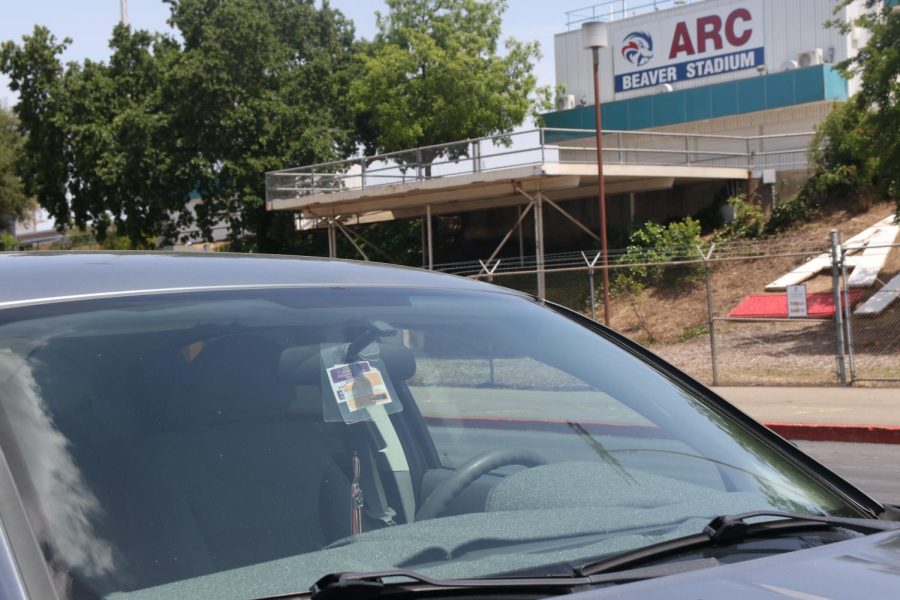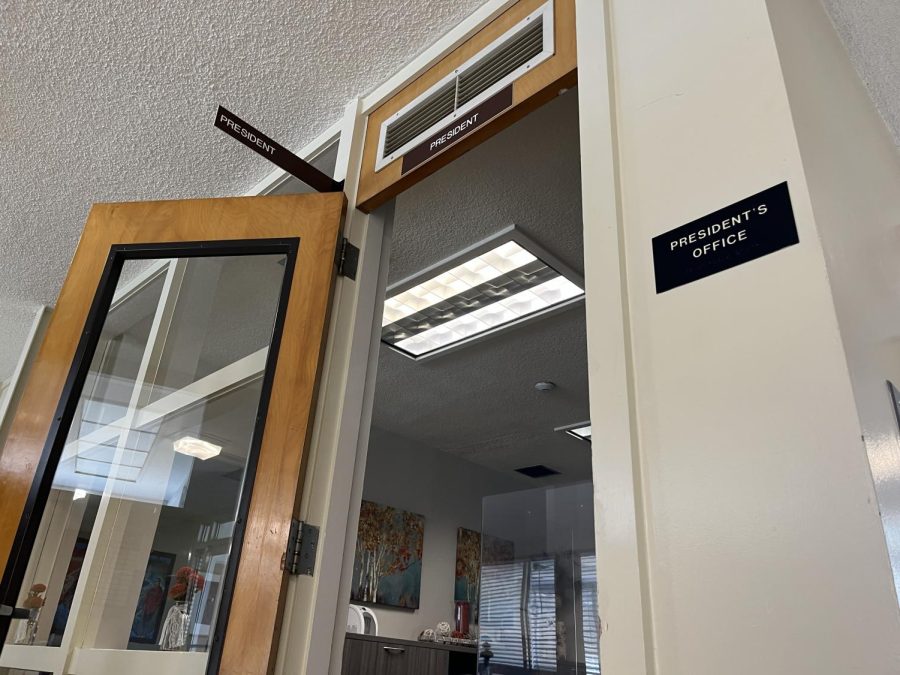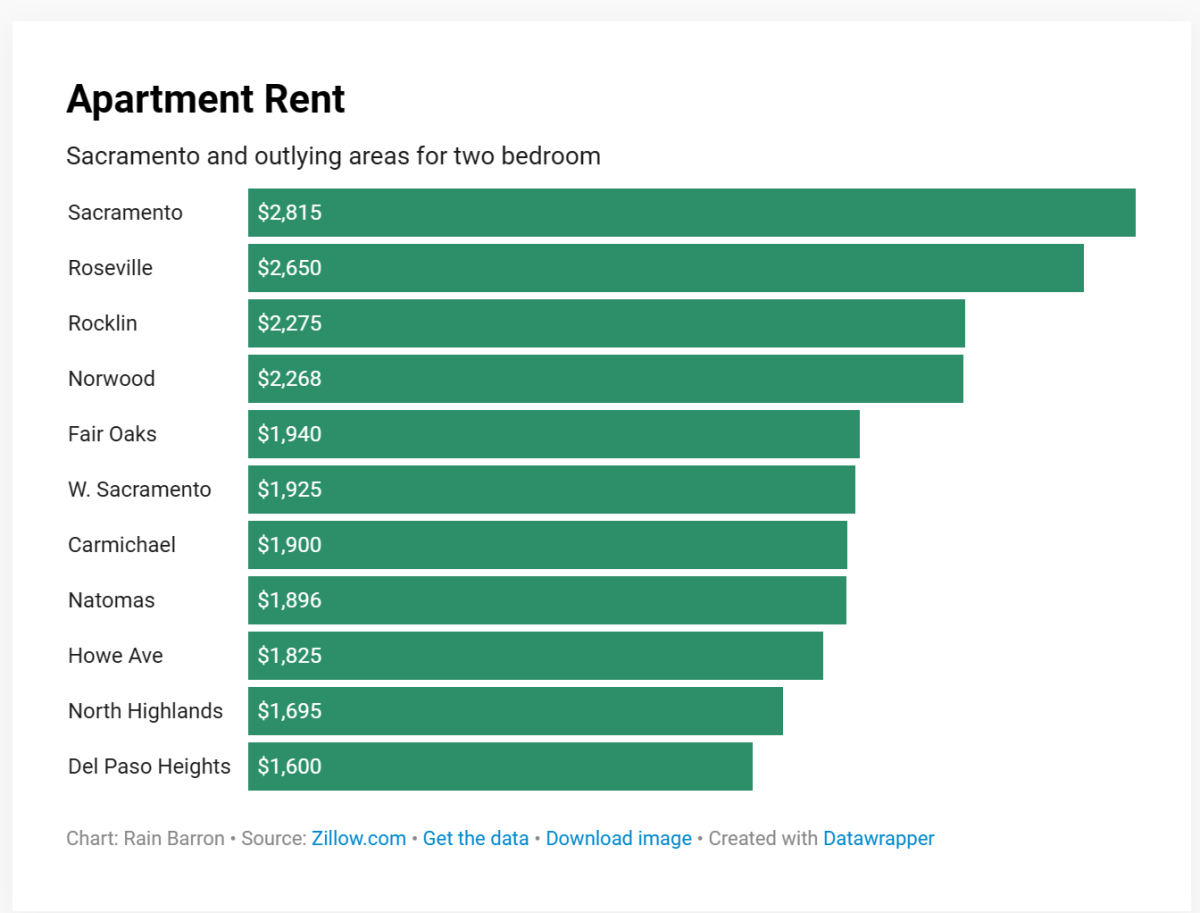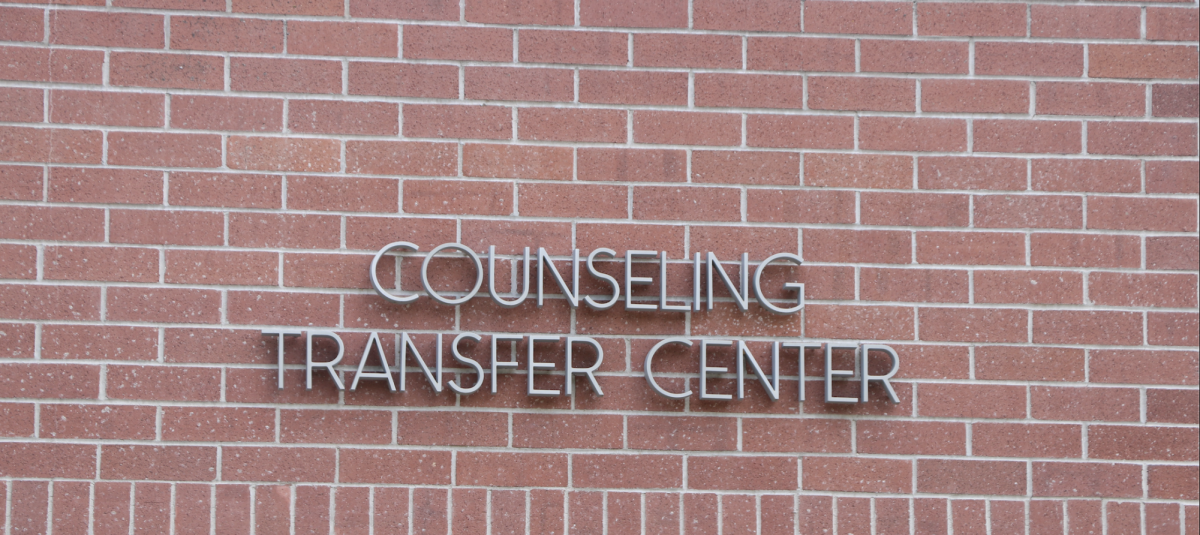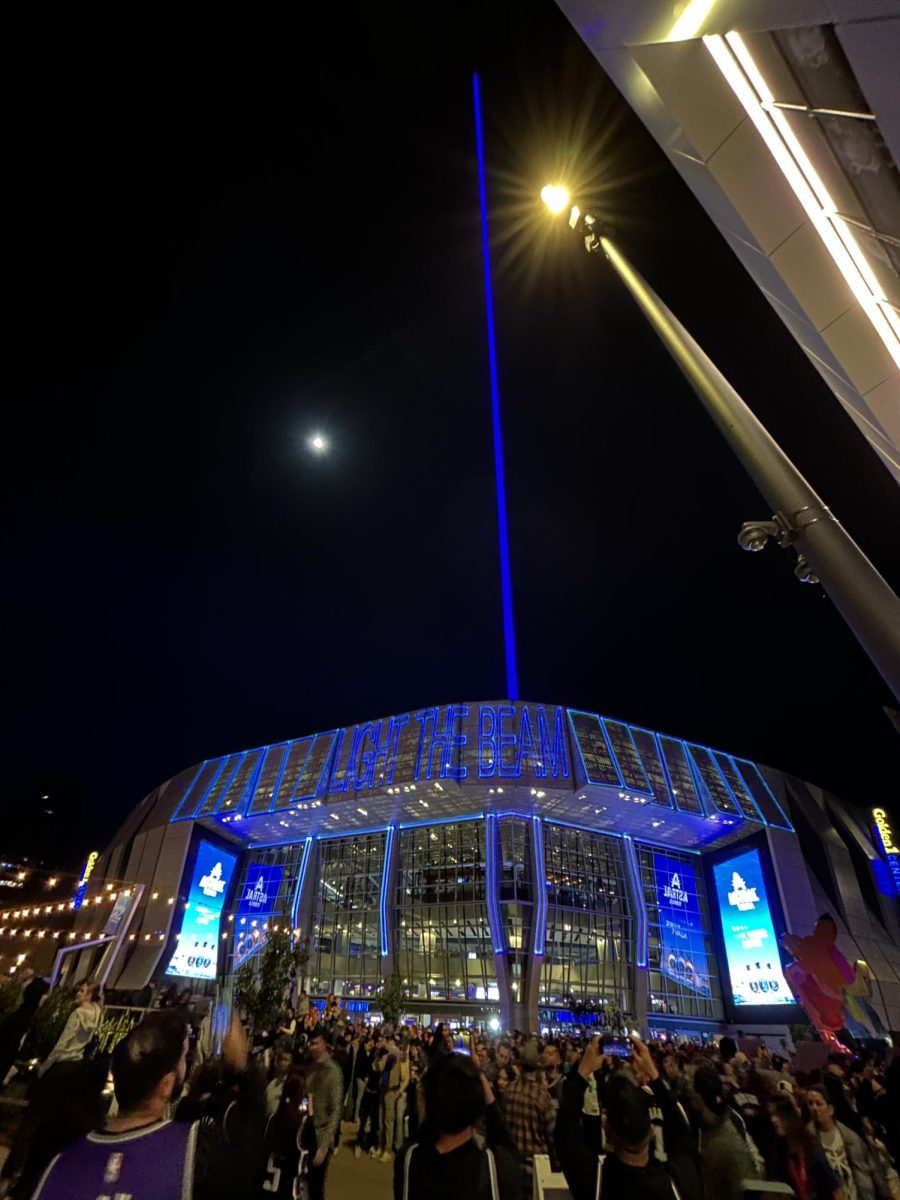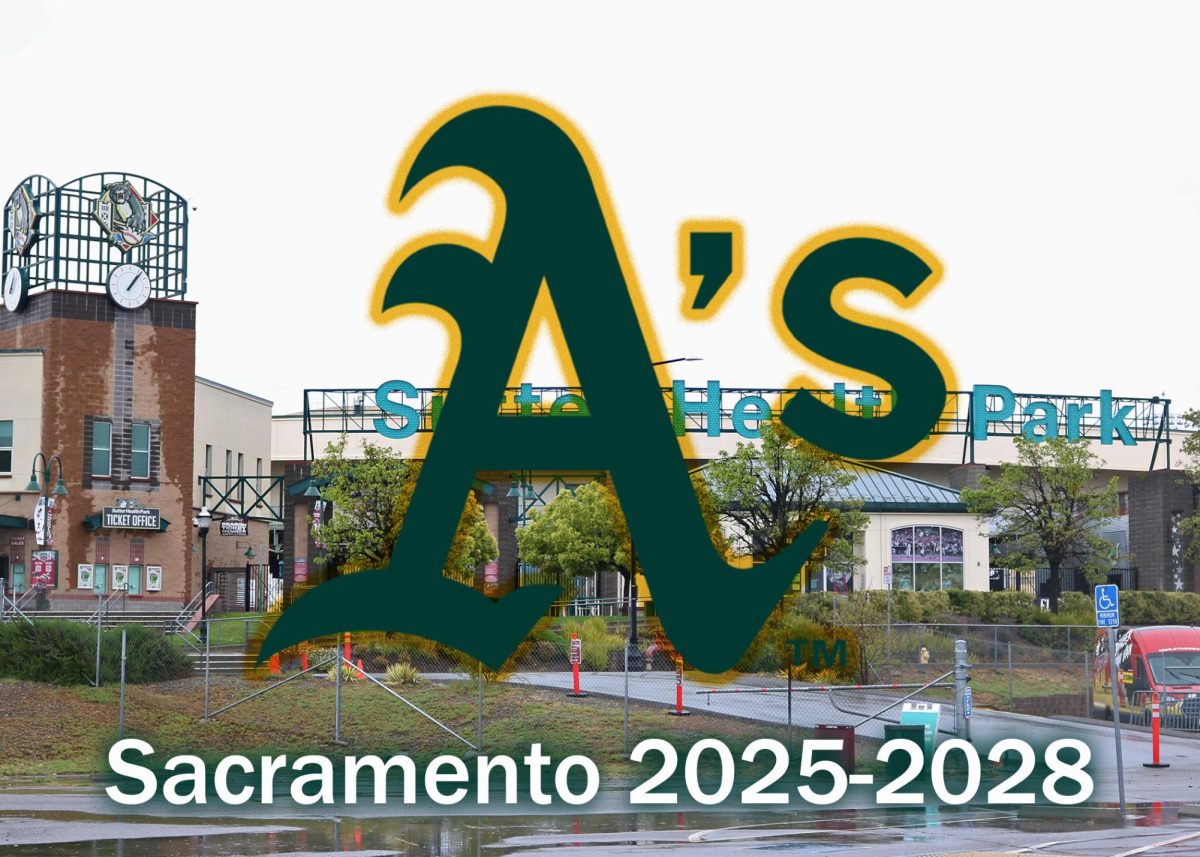Are we really considering getting rid of affirmative action?
On March 17, the John Roberts-led Supreme Court decided that they would hear a case on affirmative action. It has only been nine years since the U.S. Supreme Court last visited affirmative action. In the 2003 ruling of Grutter v. Bollinger, the court upheld past rulings that allowed four-year colleges to consider race in the admissions process. Allowing colleges to police themselves as far as keeping the admissions process all-inclusive is a little too naïve, and could drastically change the demographics on nearly every college campus.
The case being reviewed is one of Fisher v. University of Texas. Abigail Fisher, a white applicant to University of Texas at Austin’s undergraduate program, claimed that she was a victim of what she described as “blatant racial balancing” when she was denied admission in 2008. University of Texas argued that she was denied because her high school record was less than stellar, and the 5th U.S. Circuit Court of Appeals was inclined to agree in their decision.
Even now with affirmative action in effect, rigorous quotas aren’t met. The University of California policy doesn’t employ a strict affirmative action but rather what they call “placement goals.” Even with placement goals in effect, local campus California State University of Sacramento is 43 percent white, while University of California, Davis is almost 40 percent white. Affirmative action doesn’t just take into account race though; it also takes into account gender and social status.
Only 11 percent of students attending a UC are classified as poor, while more than two thirds come from middle class or affluent homes. Without the extra leg up, state colleges and universities will be much less diverse as far as who is attending them, whether it be flooded with all white students or all privileged students.
Public schools from K-12 are rated using a rubric called Academic Performance Index (API). Schools from neighborhoods with higher poverty rates typically have lower API scores, which make it difficult for poor students when it comes to applying to a four-year school. More affluent students, who are assigned to go to a school with high API, can easily apply to a private school, which, because of the premium, typically receive higher API scores than public schools.
Higher education is effective in imparting real world knowledge to the workforce of the future because colleges and universities are bastions of diversity. Not just race, creed, or social status, but the different ideas that come with them. If the Supreme Court of the United States rules to abolish affirmative action; effectively making colleges and universities more monotone, not only will it be detrimental to society but to the overall learning experience higher education offers.


